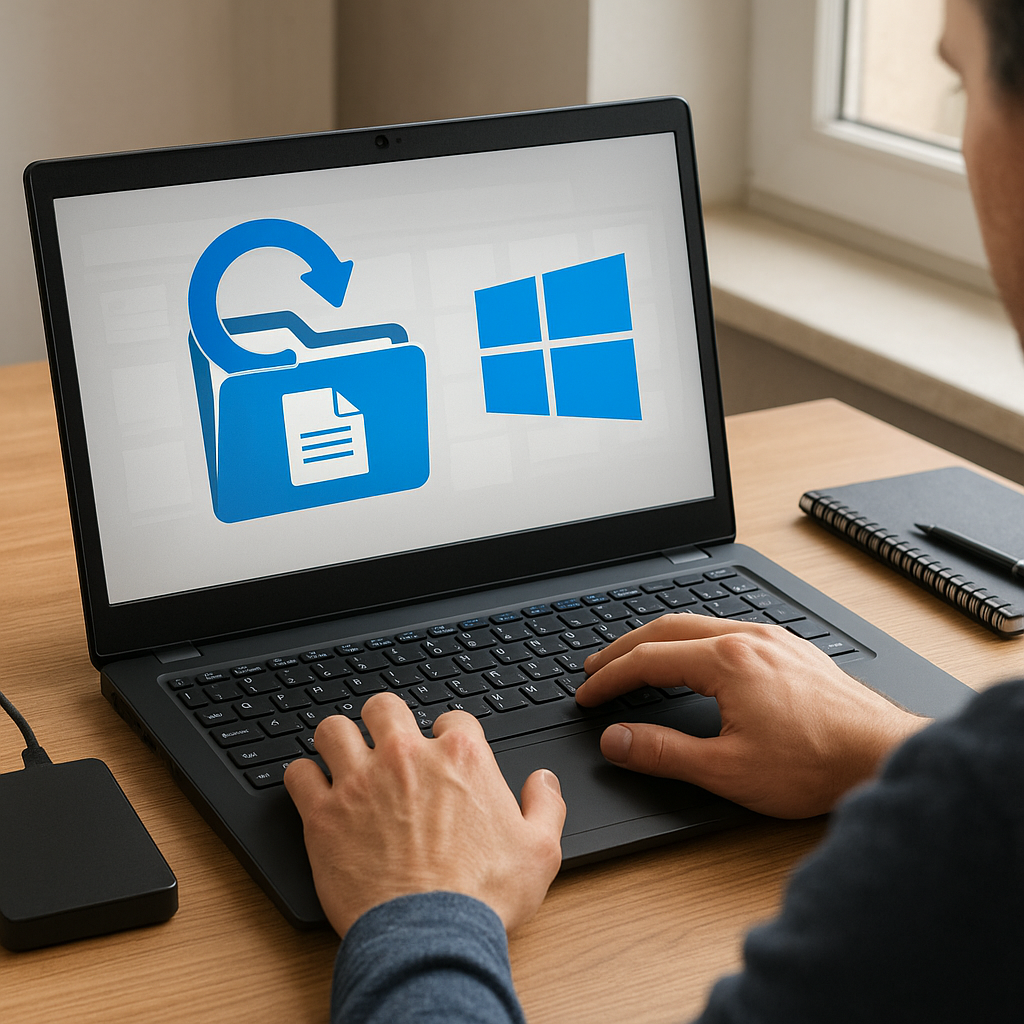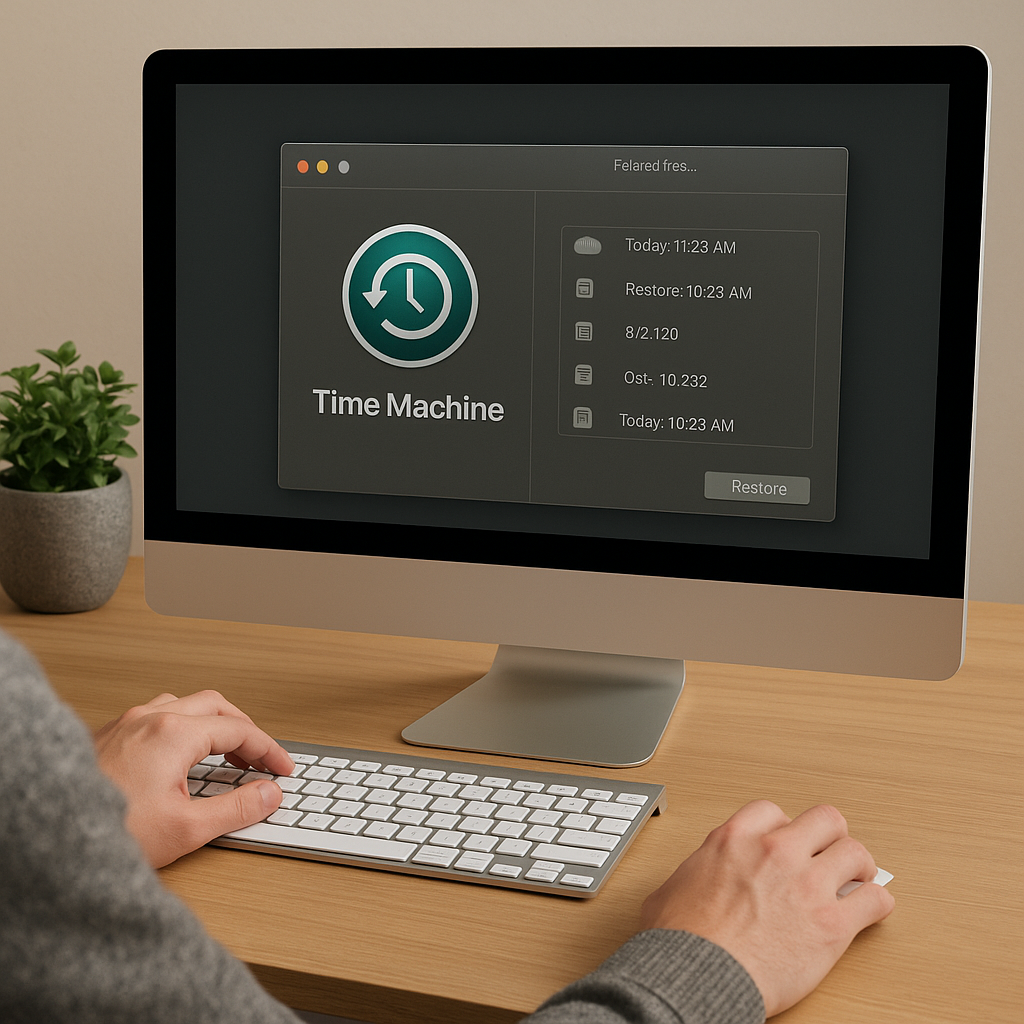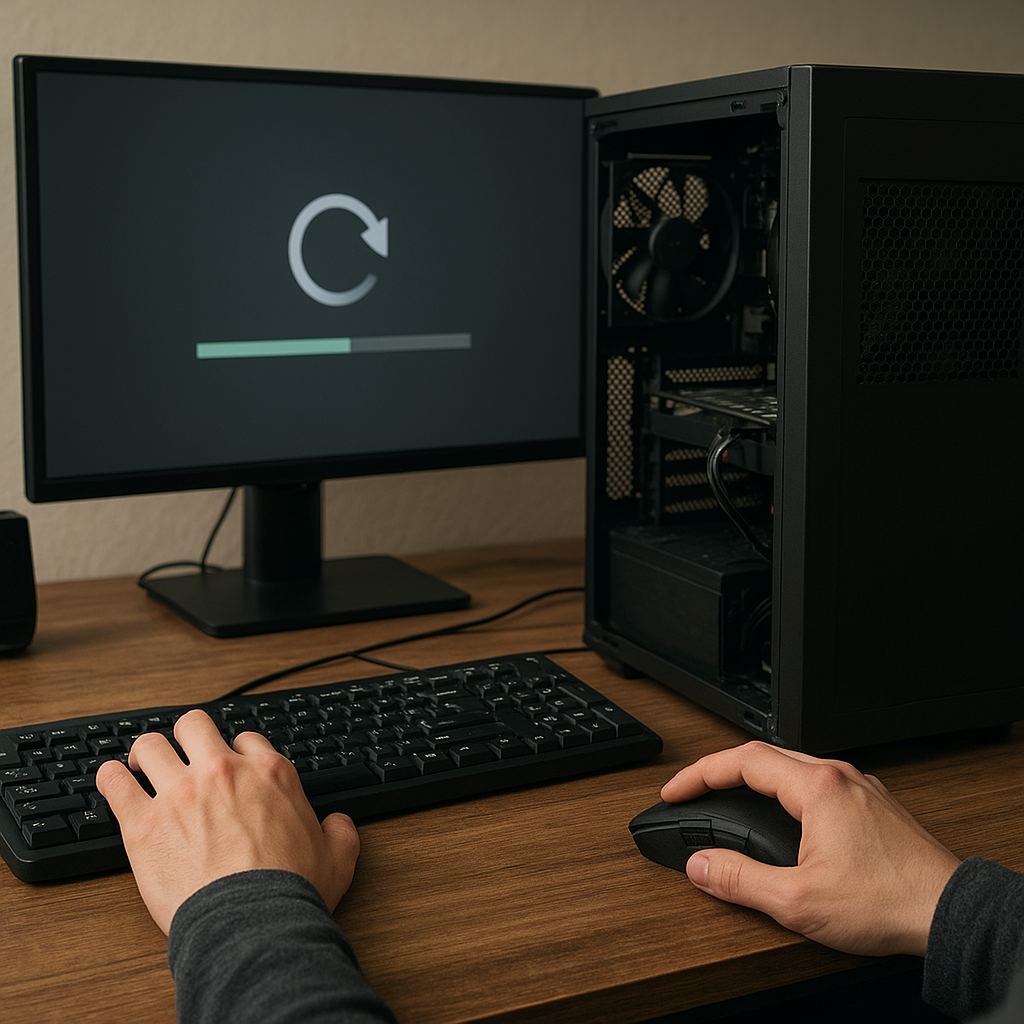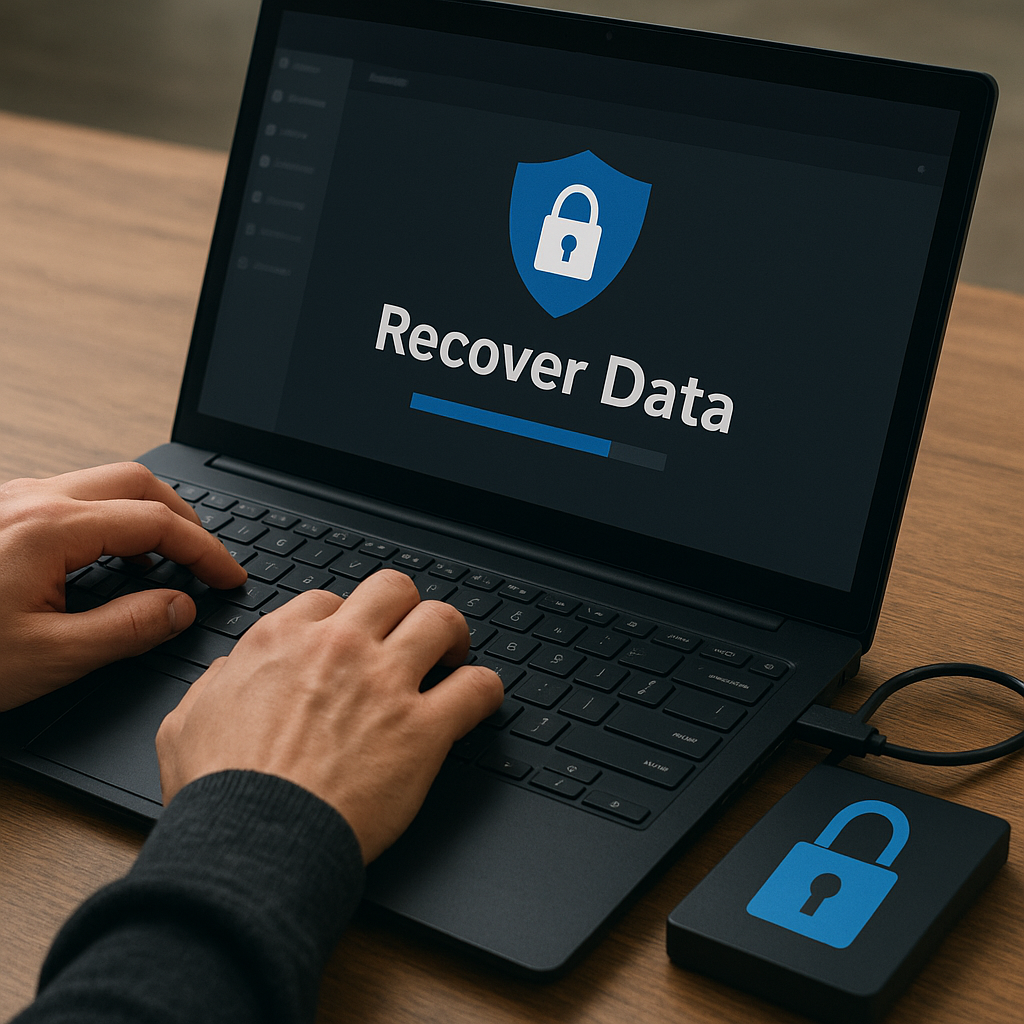Experiencing a black screen boot issue in Windows can be a daunting and frustrating problem. This article will guide you through the steps to diagnose and resolve this issue using various recovery software tools and techniques.
Understanding the Black Screen Boot Issue
The black screen boot issue in Windows is a common problem that can occur for a variety of reasons. When you power on your computer, instead of seeing the familiar Windows logo or login screen, you are greeted with a blank, black screen. This can be caused by hardware failures, software conflicts, corrupted system files, or even malware infections.
Common Causes
- Hardware Failures: Faulty hardware components such as a failing hard drive, malfunctioning graphics card, or loose connections can lead to a black screen.
- Software Conflicts: Incompatible or corrupted drivers, recent software installations, or updates can interfere with the boot process.
- Corrupted System Files: System files essential for booting Windows may become corrupted due to improper shutdowns, power outages, or malware.
- Malware Infections: Certain types of malware can damage system files or alter boot configurations, leading to a black screen.
Steps to Recover from a Black Screen Boot Issue
To recover from a black screen boot issue, you can follow a series of troubleshooting steps. These steps range from basic checks to more advanced recovery techniques using specialized software.
Basic Troubleshooting
Before diving into advanced recovery methods, it’s essential to perform some basic checks:
- Check Hardware Connections: Ensure that all cables and hardware components are securely connected. This includes the monitor, keyboard, mouse, and internal components like the hard drive and RAM.
- Restart Your Computer: Sometimes, a simple restart can resolve temporary glitches causing the black screen.
- Boot into Safe Mode: Safe Mode loads a minimal set of drivers and can help you identify if a third-party application or driver is causing the issue. To enter Safe Mode, restart your computer and press the F8 key (or Shift + F8) before Windows starts loading.
Using Recovery Software
If basic troubleshooting doesn’t resolve the issue, you can use recovery software to diagnose and fix the problem. Here are some recommended tools and techniques:
System Restore
System Restore is a built-in Windows feature that allows you to revert your system to a previous state. This can be particularly useful if the black screen issue started after a recent software installation or update.
- Boot your computer using a Windows installation media (USB or DVD).
- Select your language preferences and click “Next.”
- Click “Repair your computer” and choose “Troubleshoot.”
- Select “Advanced options” and then “System Restore.”
- Follow the on-screen instructions to choose a restore point and restore your system.
Startup Repair
Startup Repair is another built-in Windows tool designed to fix issues that prevent Windows from booting correctly. To use Startup Repair:
- Boot your computer using a Windows installation media.
- Select your language preferences and click “Next.”
- Click “Repair your computer” and choose “Troubleshoot.”
- Select “Advanced options” and then “Startup Repair.”
- Follow the on-screen instructions to let Windows diagnose and repair the issue.
Using Third-Party Recovery Software
If built-in tools fail to resolve the black screen issue, third-party recovery software can offer more advanced solutions. Here are some popular options:
EaseUS Data Recovery Wizard
EaseUS Data Recovery Wizard is a powerful tool that can help you recover lost data and repair corrupted system files. To use this software:
- Download and install EaseUS Data Recovery Wizard on a different computer.
- Create a bootable USB drive using the software.
- Insert the bootable USB drive into the affected computer and boot from it.
- Follow the on-screen instructions to scan and recover lost data or repair system files.
MiniTool Power Data Recovery
MiniTool Power Data Recovery is another reliable tool for recovering data and fixing boot issues. To use this software:
- Download and install MiniTool Power Data Recovery on a different computer.
- Create a bootable USB drive using the software.
- Insert the bootable USB drive into the affected computer and boot from it.
- Follow the on-screen instructions to scan and recover lost data or repair system files.
Advanced Recovery Techniques
If the black screen issue persists, you may need to employ more advanced recovery techniques. These methods involve using command-line tools and manual interventions.
Using Command Prompt
The Command Prompt can be a powerful tool for diagnosing and fixing boot issues. Here are some useful commands:
- CHKDSK: This command checks the integrity of your hard drive and fixes any errors. To use it, boot into the Windows installation media, open Command Prompt, and type
chkdsk /f /r. - SFC: The System File Checker (SFC) scans and repairs corrupted system files. To use it, open Command Prompt and type
sfc /scannow. - DISM: The Deployment Imaging Service and Management Tool (DISM) can repair a corrupted Windows image. To use it, open Command Prompt and type
dism /online /cleanup-image /restorehealth.
Reinstalling Windows
If all else fails, reinstalling Windows may be the only solution. This process will erase all data on your system drive, so it’s crucial to back up your data if possible. To reinstall Windows:
- Boot your computer using a Windows installation media.
- Select your language preferences and click “Next.”
- Click “Install now” and follow the on-screen instructions to complete the installation.
Preventing Future Black Screen Issues
Once you’ve resolved the black screen boot issue, it’s essential to take steps to prevent it from happening again. Here are some tips:
- Regular Backups: Regularly back up your data to an external drive or cloud storage to protect against data loss.
- Keep Software Updated: Ensure that your operating system, drivers, and software are up to date to avoid compatibility issues.
- Use Reliable Security Software: Install and maintain reliable antivirus and anti-malware software to protect against infections.
- Monitor Hardware Health: Regularly check the health of your hardware components and replace any failing parts promptly.
By following these steps and using the recommended recovery software, you can effectively diagnose and resolve black screen boot issues in Windows, ensuring a smoother and more reliable computing experience.












